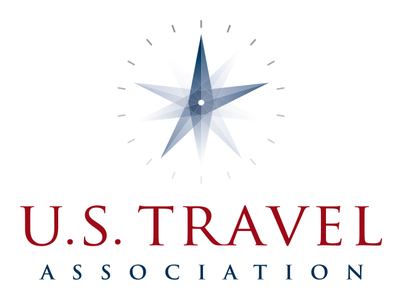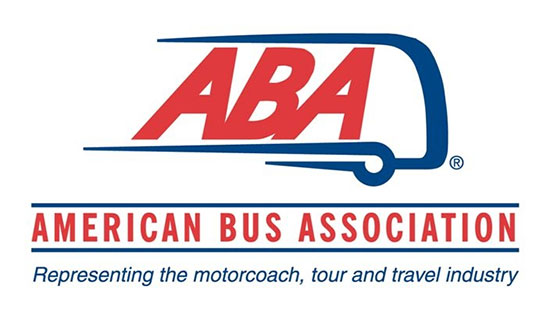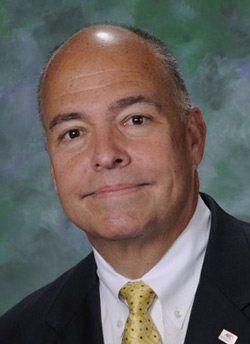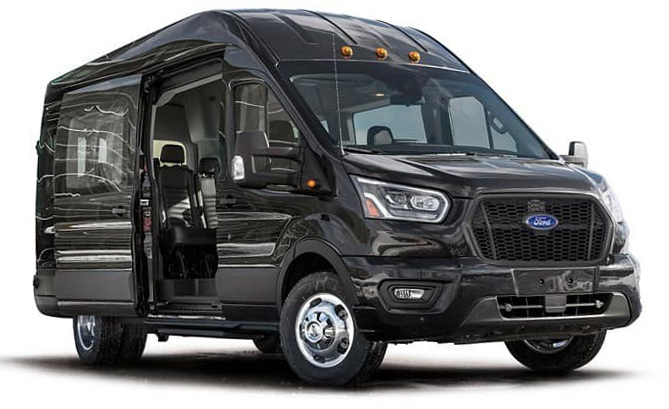- Details
- Category: Industry News
The latest unemployment figures prepared for the U.S. Travel Association by Tourism Economics paint a dire picture: the travel-dependent leisure and hospitality industries are suffering from a 15 percent unemployment rate—nearly double the national level.

Any early signs of a modest recovery for the sector—which accounted for 11 percent of all pre-pandemic employment in the U.S. yet has suffered 35 percent of all pandemic-related job losses—have been effectively extinguished. These industries resurged slightly in September with 413,000 new jobs, but declined precipitously over the past three months, adding only 31,000 jobs in November.
These distressing figures arrive as Congress continues to negotiate a coronavirus relief package before the end of the year, without which the travel industry’s recovery will be even more challenging. Earlier estimates from Tourism Economics indicated that 50 percent of all direct travel jobs will be lost by the end of December without federal relief—an additional loss of 948,000 jobs and a total loss of 4.5 million direct travel jobs.
 U.S. Travel Association President and CEO Roger Dow
U.S. Travel Association President and CEO Roger Dow
“Every day that passes without relief makes it harder to bring back the jobs that were lost,” said U.S. Travel President and CEO Roger Dow. “We know that both sides of the political aisle largely agree on the measures necessary to sustain and restore the travel industry, and we urge lawmakers to pass a relief package without delay before year’s end.
“Not only will a relief package go a long way in protecting vulnerable travel industry jobs, but it’s the will of the American people for Washington to come together and get a deal done.”
U.S. Travel will continue to engage with Congress and impress upon legislators the importance of passing a coronavirus relief package before the end of the year. Crucially, the travel industry is asking, at the very least, for a relief package to include measures to enhance and extend the Paycheck Protection Program through the end of 2021, expand eligibility to include 501(c)(6) and quasi-governmental destination marketing organizations and allow for a second draw on loans for the hardest-hit industries.
The full unemployment report can be viewed here.
Visit ustravel.org for more information.
[12.07.20]
- Details
- Category: Industry News

Leading bus organization, the American Bus Association (ABA), recently participated in the deliberations made this month before the Centers for Disease Control and Prevention’s Advisory Committee on Immunization Practices (ACIP). A recommendation has been made to prioritize transportation workers, including motorcoach operators, in the second wave following distribution to front-line healthcare workers and long-term care facility employees.
This recommendation follows the March 28 classification of motorcoach drivers on the Cybersecurity and Infrastructure Security Agency’s (CISA) guidance list of critical and essential workers. The motorcoach industry has been on the forefront continually moving essential workers who do not have the luxury of working from home during the pandemic or helping those in crises such as wildfires and hurricanes.
 ABA President Peter Pantuso
ABA President Peter Pantuso
In his letter to the CDC, ABA President & CEO Peter Pantuso wrote:
“The passenger-carrying commercial motor carrier workforce has been on the front lines during the COVID-19 pandemic, moving health care workers, both civilian and military, along with supplies around the country. These essential workers have put their lives at risk, and taken criticism from the communities in which they live and operate, in order to bring much needed help to COVID-19 hot spots, and relieve quarantined cruise ship passengers. Further, this industry carried out these duties despite the loss of nearly 90 percent of the passenger-carrying commercial motor carrier industry’s revenue due to COVID-19 shutting down the economy.
“As you well know, the nation is far from recovering from this pandemic and the months ahead may see an unprecedented increase in cases, due to the winter season and rise of infections. Therefore, the passenger-carrying commercial motor carrier industry will remain in high demand to assist with not only moving healthcare personnel and supplies where needed, but also to assist with the vaccine allocation as well. In other words, our professional drivers and support staff will remain essential and highly exposed workers, who merit priority in terms of COVID-19 vaccinations.”
Visit buses.org for more information.
[12.07.20]
- Details
- Category: Industry News

Hello, Aviator! The three-row SUV is the newest player to join the Ford-Lincoln Limousine & Livery lineup with a dedicated livery package and warranty specific to the needs of our industry. The announcement was made during a reveal event that was broadcast online on December 1.
 2021 Lincoln Aviator
2021 Lincoln Aviator
Lincoln has an enduring commitment to and partnership with the industry—and through the National Limousine Association—that dates back decades, but also one that has shifted from groundbreaking and standard-defining sedans to larger vehicles like SUVs, according to Livery Marketing Manager Kim Johnston. Feedback between operators and the Livery team has been integral in helping to shape vehicles that have exceeded the expectations of our clients for generations, and the relationship is stronger than ever moving into 2021. The Aviator joins the Navigator L and the Ford Expedition MAX as its SUV offerings.
The livery package for the ’21MY Aviator definitely took the passenger experience into mind, with plenty of head-, leg- and shoulder-room in its adjustable, reclining, and heated seats, as well as attention to ensure a quiet cabin and an available sunshade for additional privacy, according to Jim Murray of the Lincoln Aviator Program Management.
 2021 Ford Transit
2021 Ford Transit
The Ford Transit is also getting a livery package for ’21MY, crafted with direct input from the industry to meet aesthetic and functional needs of transportation operators, according to Ford Transit Assistant Brand manager Jennifer Mitchell. The package features include leather seating, ports in every row, privacy glass, a power sliding door, an upscale exterior with chrome accents, and dual AGM batteries for increased power needs such as screens or lighting.
Finally, Ford Modified Vehicle Specialist Matt Messina shared the measures the company has taken to ensure a safe and efficient experience when it comes to maintaining those fleet vehicles—including pickup and drop-off services and extensive cleaning/sanitizing procedures. Messina also shared that Ford is giving operators with onsite maintenance facilities the ability to service and repair vehicles under warranty at your fleet’s shop instead of dragging the vehicle to the dealership. More information about the program is available on the Parts & Service tab at fleet.ford.com.
The video reveal can be accessed at https://bit.ly/37FYDj5. Vehicle specs are available here.
Visit fleet.ford.com for more information.
[12.02.20]

